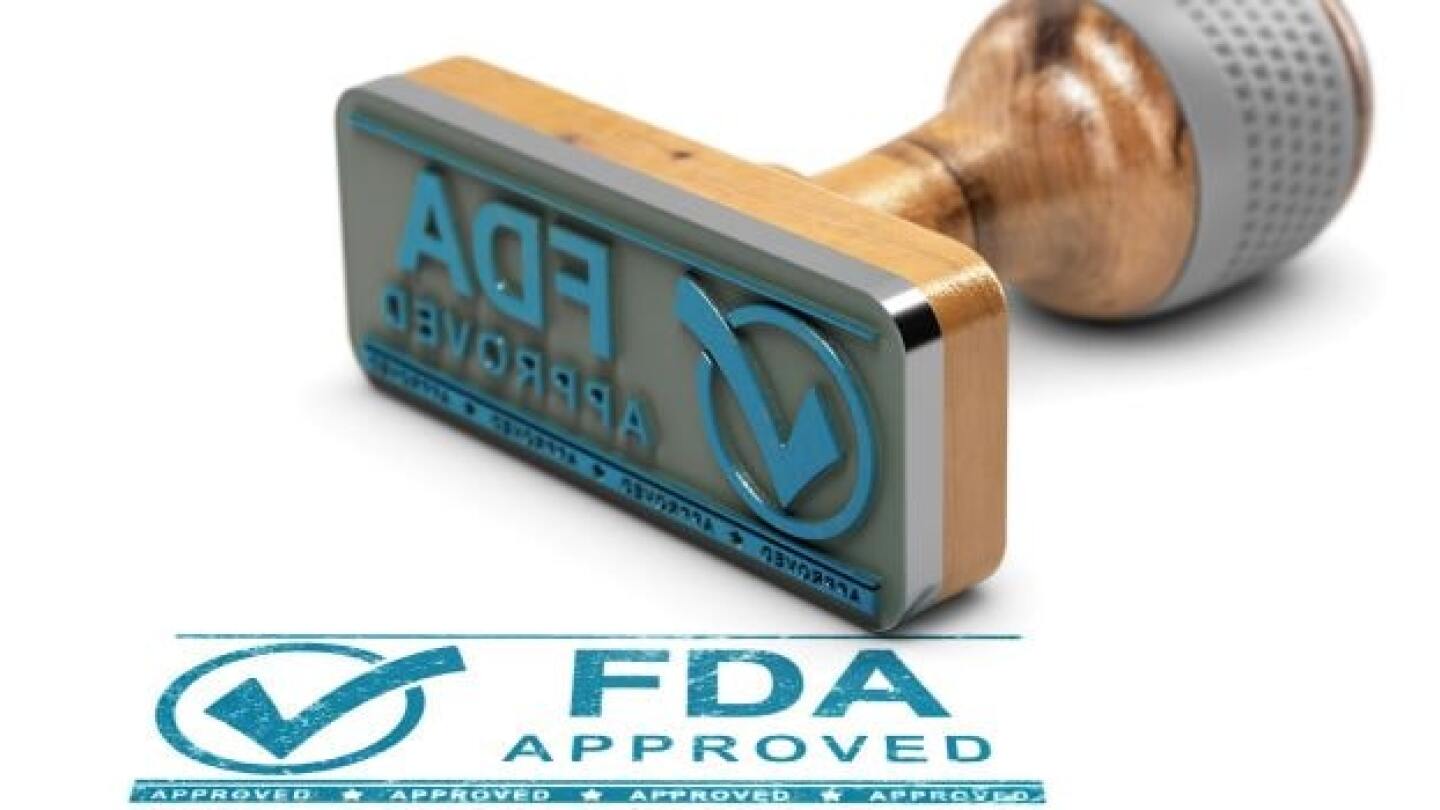Rare diseases
ITF, IntraBio and Orchard are among the companies that have won FDA nods in the past year for Duchenne muscular dystrophy, Niemann-Pick disease type C, metachromatic leukodystrophy and more.
As it did during the COVID-19 pandemic, mRNA technology offers an efficient way forward in developing products for diseases that lack approved treatments.
SpringWorks Therapeutics sprung out of Pfizer’s storeroom, when a rare disease advocacy group pushed to keep a program for neurofibromatosis alive. This method could work for “every rare disease under the sun,” advocates say.
SpringWorks Therapeutics is the perfect case study for rescuing a discontinued assets. It’s time to repeat the process for every rare disease, experts say.
Ctexli’s approval further entrenches Mirum as a leader in rare liver diseases, alongside its cornerstone product Livmarli and upcoming drug volixibat.
The move comes weeks after Pfizer terminated its partnership with Sangamo Therapeutics for another hemophilia gene therapy.
BridgeBio beat investor expectations with 1,028 unique prescriptions for ATTR-CM therapy Attruby, setting the company up to beat a 2025 sales consensus of $86 million.
The partnership splits the rights to Stoke’s epilepsy antisense oligonucleotide, with up to $385 million in potential payments due to Stoke.
Ono picked up Romvimza—previously known by its active ingredient vimseltinib—from its $2.4 billion acquisition of Deciphera Pharmaceuticals in April 2024.
With its recent data drop for an oligonucleotide candidate, Dyne Therapeutics signals it may become a frontrunner in this disease space alongside Avidity Biosciences, Lupin and AMO Pharma.
PRESS RELEASES










